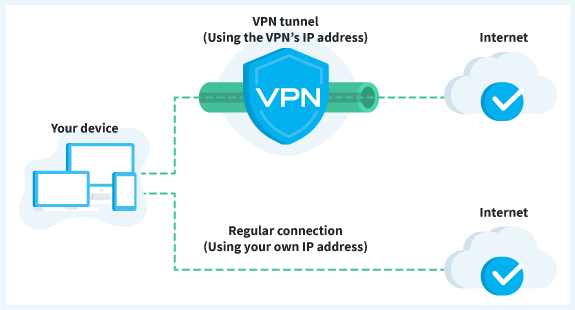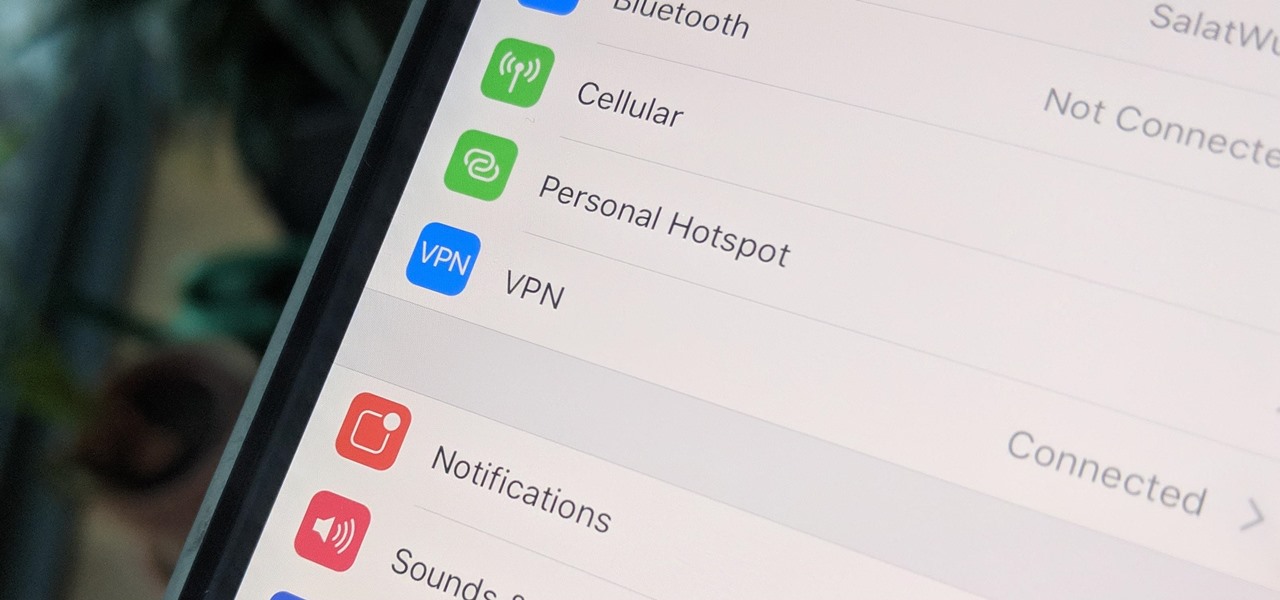Featured
Table of Contents
Unable To Connect To Client Vpn From Some Devices

The Routing and Remote Access snap-in lives within the Microsoft Management Console, referred to as the MMC. There are numerous methods to access the MMC. You can pick the console from the Start menu's Programs options, within the Administrative Tools folder within Windows server's Control board or by typing mmc at a command timely.
As Tech, Republic's Brandon Vigliarolo shows within his video at the start of this short article, the Services console displays the status of the Routing and Remote Access entry. From within the Services console and with the Routing and Remote Gain access to entry highlighted, you can click Start the Service or right-click the entry and select Restart.
Sometimes the VPN customer and VPN server are set to utilizing different authentication methods. Verify whether an authentication mistake is the problem by opening the server console. Yet another approach of accessing the MMC is to type Control+R to open a command prompt in which you can type mmc and struck Enter or click OK.
If the entry isn't present, click File, select Add/Remove Snap-in, pick the Routing and Remote Access alternative from the options and click Add, then OK. With the Routing and Remote Access snap-in added, right-click on the VPN server and click Characteristics. Then, review the Security tab to validate the authentication technique.
Troubleshooting - Cloud Vpn
Guarantee the VPN client is set to the authentication approach defined within the Security tab. Usually the products simply examined are accountable for a lot of VPN connection rejection errors.
Each Web-based VPN connection generally uses 2 various IP addresses for the VPN customer computer system. This is the IP address that's used to develop the initial TCP/IP connection to the VPN server over the Internet.

This IP address typically possesses the same subnet as the regional network and hence permits the client to communicate with the regional network. When you established the VPN server, you need to configure a DHCP server to assign addresses to clients, or you can develop a bank of IP addresses to designate to clients directly from the VPN server.


If this choice is picked and the reliable remote gain access to policy is set to allow remote gain access to, the user will have the ability to attach to the VPN. Although I have actually been unable to re-create the scenario personally, I have heard rumors that a bug exists in older Windows servers that can trigger the connection to be accepted even if the reliable remote access policy is set to deny a user's connection.
Why Are Streaming Services Blocked While Connected To ...

Another typical VPN problem is that a connection is effectively developed but the remote user is not able to access the network beyond the VPN server. By far, the most common cause of this issue is that approval hasn't been given for the user to access the entire network. To enable a user to access the whole network, go to the Routing and Remote Gain access to console and right-click on the VPN server that's having the issue.
At the top of the IP tab is an Enable IP Routing check box. If this check box is enabled, VPN users will be able to access the rest of the network, presuming network firewalls and security-as-a-service settings permit. If the checkbox is not picked, these users will have the ability to access just the VPN server, however nothing beyond.
If a user is dialing straight into the VPN server, it's typically best to set up a fixed path in between the client and the server. You can configure a fixed route by going to the Dial In tab of the user's residential or commercial properties sheet in Active Directory Users and Computers and choosing the Apply A Static Route check box.
Click the Include Path button and then enter the destination IP address and network mask in the space provided. The metric must be left at 1. If you're using a DHCP server to assign IP addresses to clients, there are a couple of other problems that could cause users not to be able to go beyond the VPN server.
11 Vpn Troubleshooting Tips: Quick & Easy Fixes In 2023
If the DHCP server designates the user an IP address that is currently in usage somewhere else on the network, Windows will detect the conflict and avoid the user from accessing the rest of the network. Another common problem is the user not getting an address at all. The majority of the time, if the DHCP server can't appoint the user an IP address, the connection will not make it this far.
If the client is appointed an address in a range that's not present within the system's routing tables, the user will be not able to navigate the network beyond the VPN server. Make sure the resources the user is trying to gain access to are in fact on the network to which the user is linking.
A VPN connection to the other subnet might, in truth, be needed. A firewall or security as a service solution could also be to blame, so do not forget to evaluate those services' settings, if such elements exist in between the VPN server and the resources the user looks for to reach.
The very first possibility is that one or more of the routers included is carrying out IP package filtering. I suggest examining the customer, the server and any devices in between for IP package filters.
Latest Posts
The 10 Best Vpn Services Of 2023: Cost, Streaming & ...
The Best Vpns To Protect Yourself Online
Best Vpns For Multiple Devices In 2023